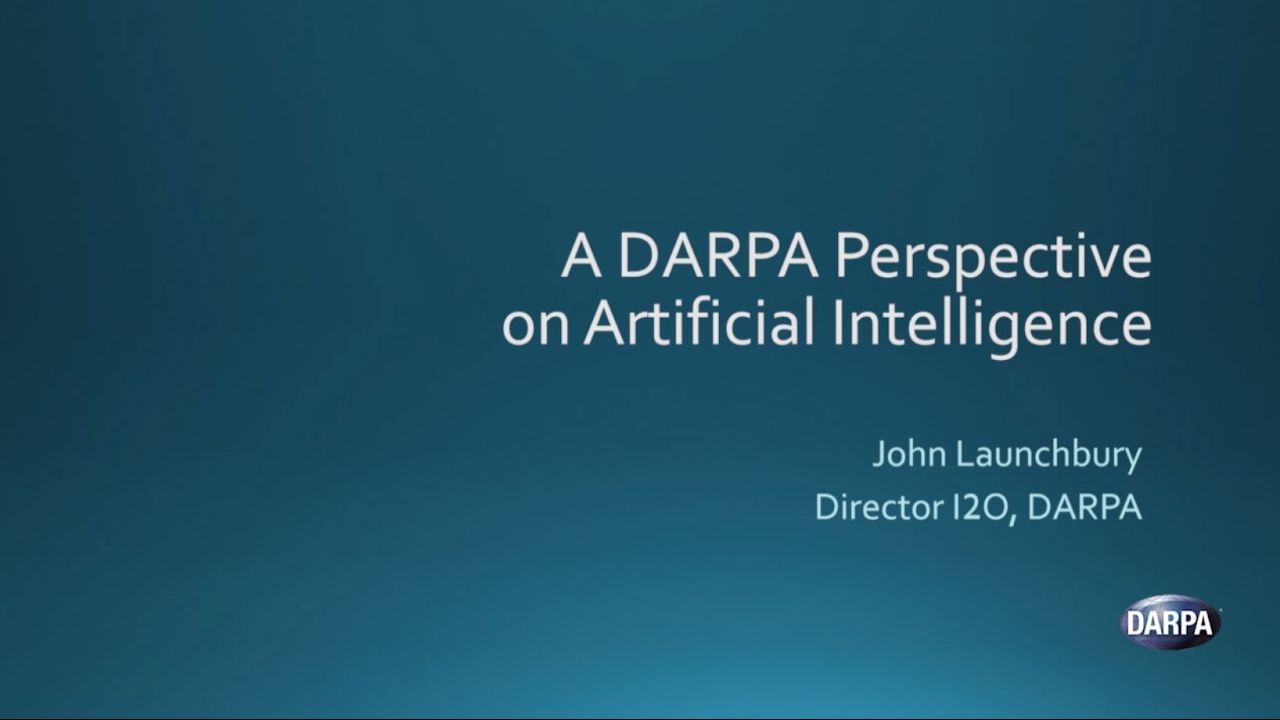Feb 22, 2017
Methuselah Foundation making progress to make 90 the new 50 by 2030
Posted by Dan Kummer in categories: bioengineering, biotech/medical, life extension
Donate to the Methuselah Foundation here at this link
Methuselah Foundation reviewed the progress they made over the past year. Much of what you’ll read in this year in review letter is very late-breaking, and leads us to believe that 2017 will be a very important year in medical developments. 2016 took us a broad step closer to fulfilling our mission statement to “Make 90 the New 50, by 2030”. Why can we say that? For starters, let’s look at several achievements to date that made this year so successful:
Continue reading “Methuselah Foundation making progress to make 90 the new 50 by 2030” »

















